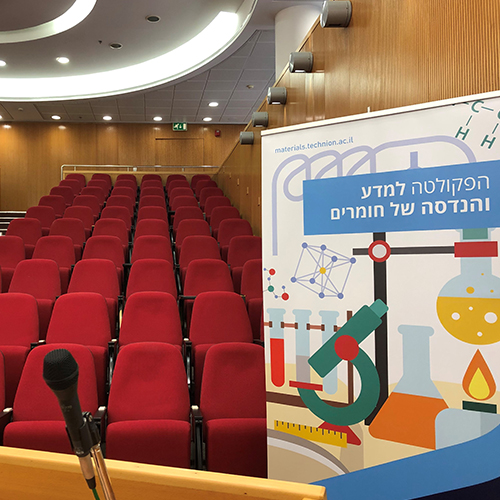
Ms. Tianmeng Zhang - M.Sc. Candidate
29/06/2025
ZOOM
13:30 - Jerusalem time / 18:30 - Beijing time
Nanocrystalline metals and alloys have demonstrated strongly enhanced mechanical properties, yet they are unstable at elevated temperatures because of the high driving force for grain growth. Grain boundary (GB) motion, which represents the main mechanism of grain growth, can be retarded when nano-sized gas pores adhere to GBs, thereby stabilizing the nanocrystalline microstructure. This study develops a novel 3D phase-field model that couples surface diffusion flux along grain-pore interfaces and intergranular atomic flux. By incorporating a constant GB driving force, the model investigates GB motion under varying surface diffusion conditions at the grain-pore interface. To better understand the interaction between GBs and gas pores, this work explores GB motion together with the gas pores and modalities of pore-grain boundary attachment and detachment. The modeling results are compared with the predictions of an earlier model of capillary-driven GB motion with an attached pore. While fast surface diffusion leads to rapid pore motion under GB drag, it maintains the gas pore attachment to the GB, retarding the GB motion and stabilizing the nanocrystalline microstructure.


